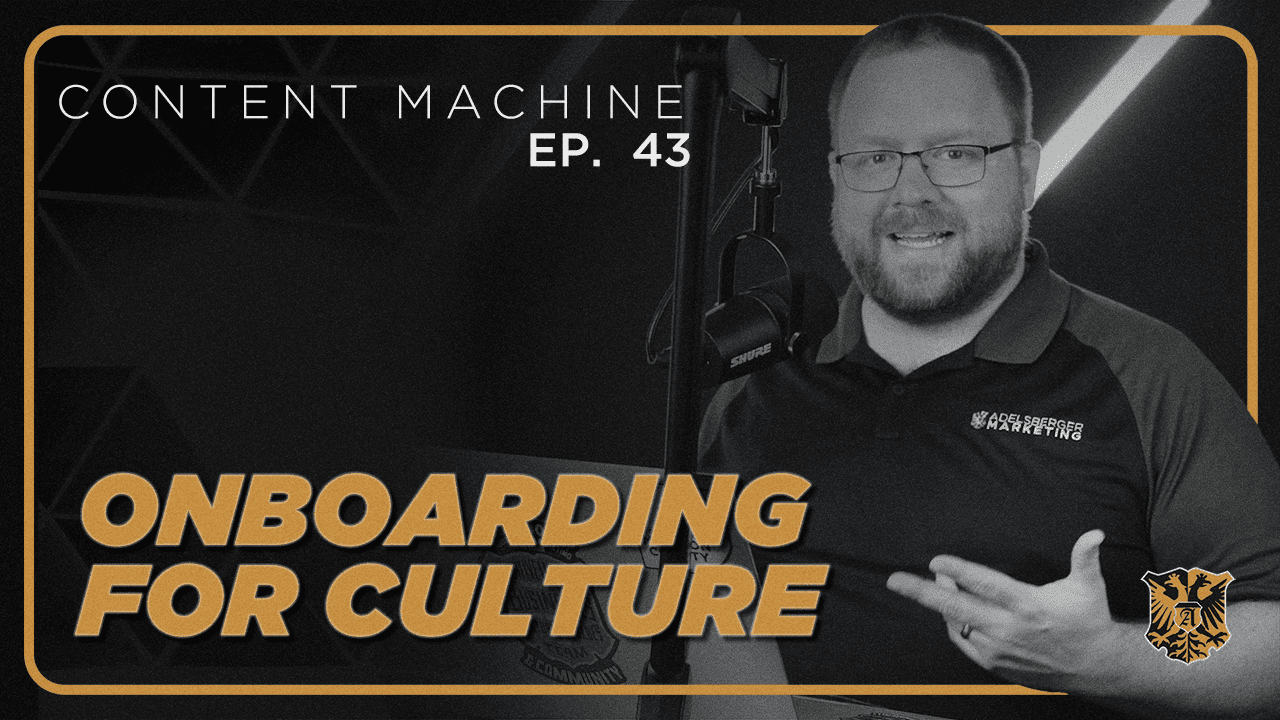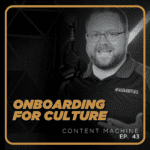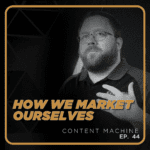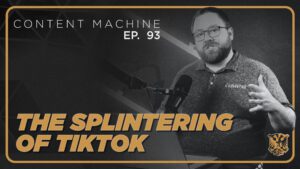
We believe company culture is key to any successful company. We also believe that that culture is visible and important from the moment any prospect comes in contact with your company. The entire hiring process can help show an applicant how your company acts and thinks. But when the onboarding process begins, you really get a chance to start setting expectations and instilling who you are as a company. A successful onboarding process shows who the company is in three ways: relationally, culturally, and technically. Successful onboarding is relational. We have a small, tight-knit company, so we work to to exercise this in onboarding, allowing new hires to quickly build a rapport with their supervisors and coworkers will help them transition smoothly. At Adelsberger Marketing, we start each new hire and each new intern with a company lunch. This helps them meet everyone and experience the environment of our interactions. We follow those up with each person, spending about an hour with each staff member one on one. This time allows us to get on a first-name basis with each new person and helps them learn about what each team member does and what they bring to the table.
These also expose interns to a few different fields of study and may give them a chance to learn about a new discipline that they had not considered before. Having these one-on-one contacts will help us with cross-communication as we get into the real work. Most of our projects are touched by lots of people on the team, so being able to have good communication with everyone is key. Quarterly, I have check-ins with each team member, one-on-one. But when new staff or interns start, I make sure to check in them several times in the first few weeks to make sure that all has gone well and that they are ready to do the work. Onboarding also covers culture. We want to make sure that our onboarding is not just relational, but it also clearly covers our culture. We have been working to define in words the culture that we have built here at Adelsberger Marketing for years. So we take time in onboarding to communicate who we are as a company. We cover the mission and the vision, but we also take time to explain the how and why behind those statements. We also work through our core values and explain how they work out in our day to day lives.
This also allows us to set the expectations for behavior at the company. We also give each person some swag to make them feel part of the team. Finally, we cover the technical bits of working at our company. We cover what software we use and what we use it for. This is what everyone thinks about when they think about onboarding or orientation, but we go as far as to explain what modes of communication are for what needs. When should you send an email? And when should you send a Slack message? We additionally cover our AI policy and our communications expectations. Our goal with all of this is to not only set expectations, but to also help a team member or intern be successful and not leave them in the lurch of not knowing how to work with us. When someone comes to work with you, it’s your responsibility to make them successful. We are always working on updating this process to make it more successful. And then we make changes to our checklists. So a question for you, what’s the biggest difference maker you have seen as a new person at a company? I would love to hear some ideas and maybe it’s something we can add to our process.
Thank you for listening to the Content Machine podcast. If you found it helpful, please send it to a friend. We hope to see you on the next episode.





